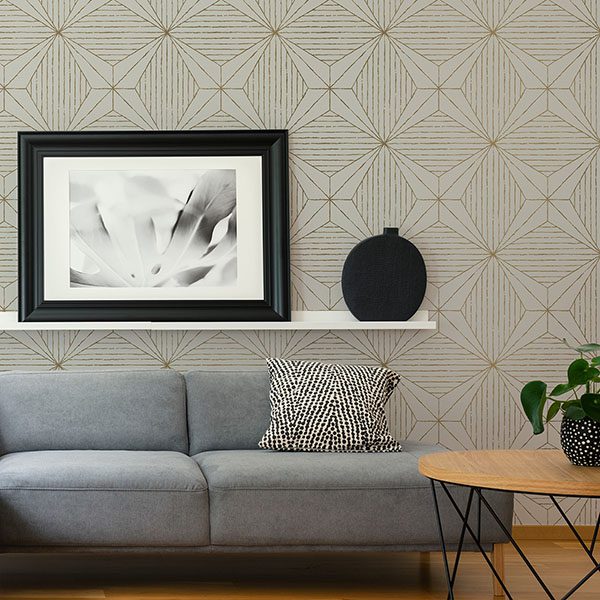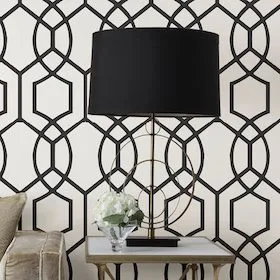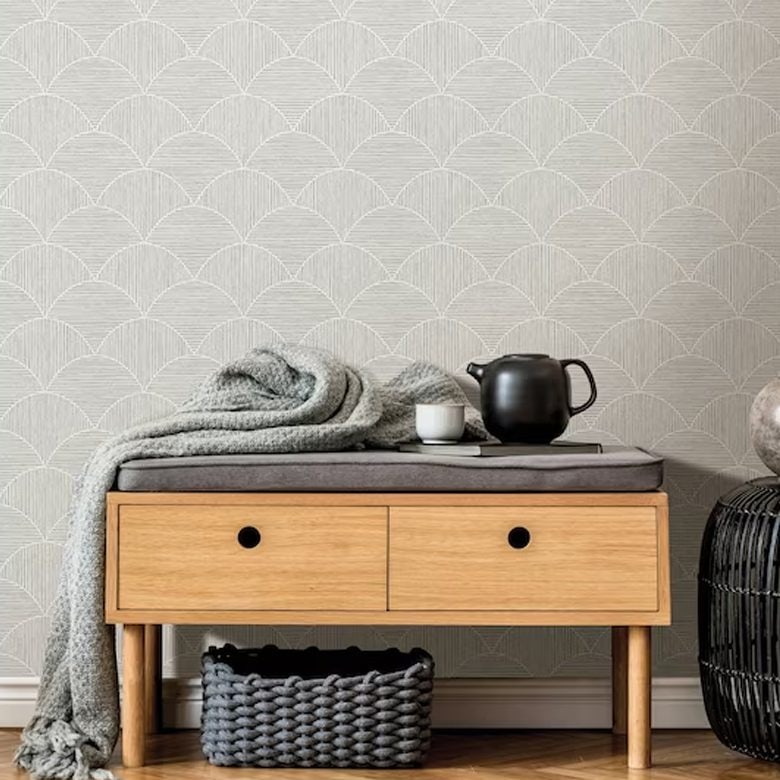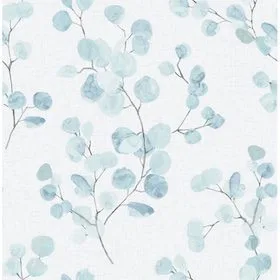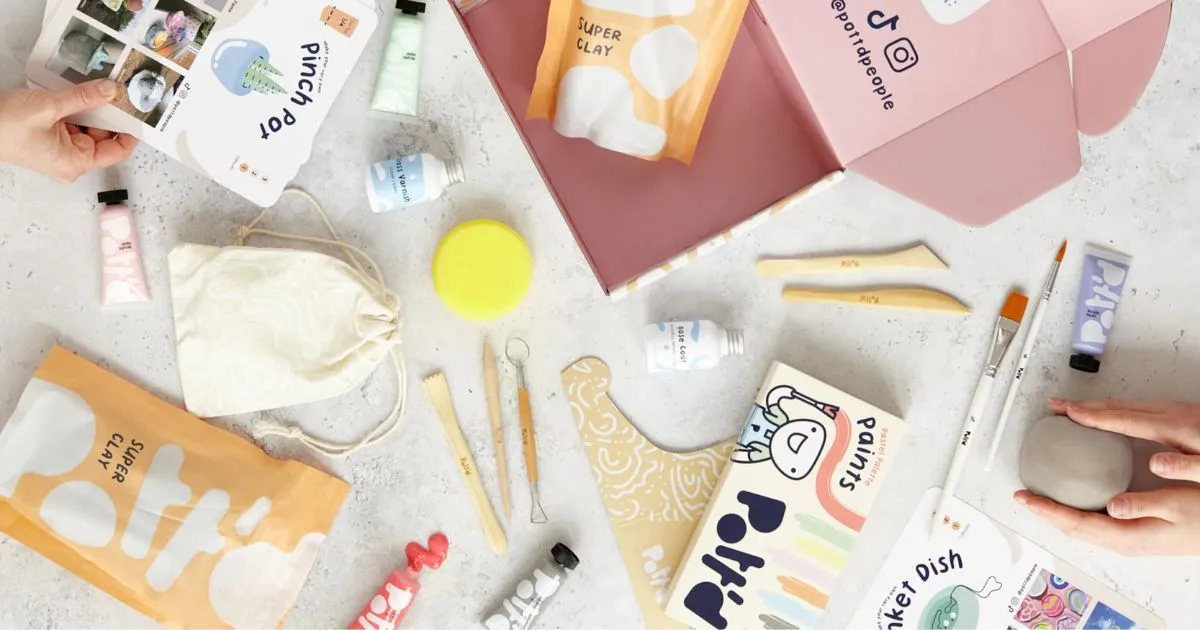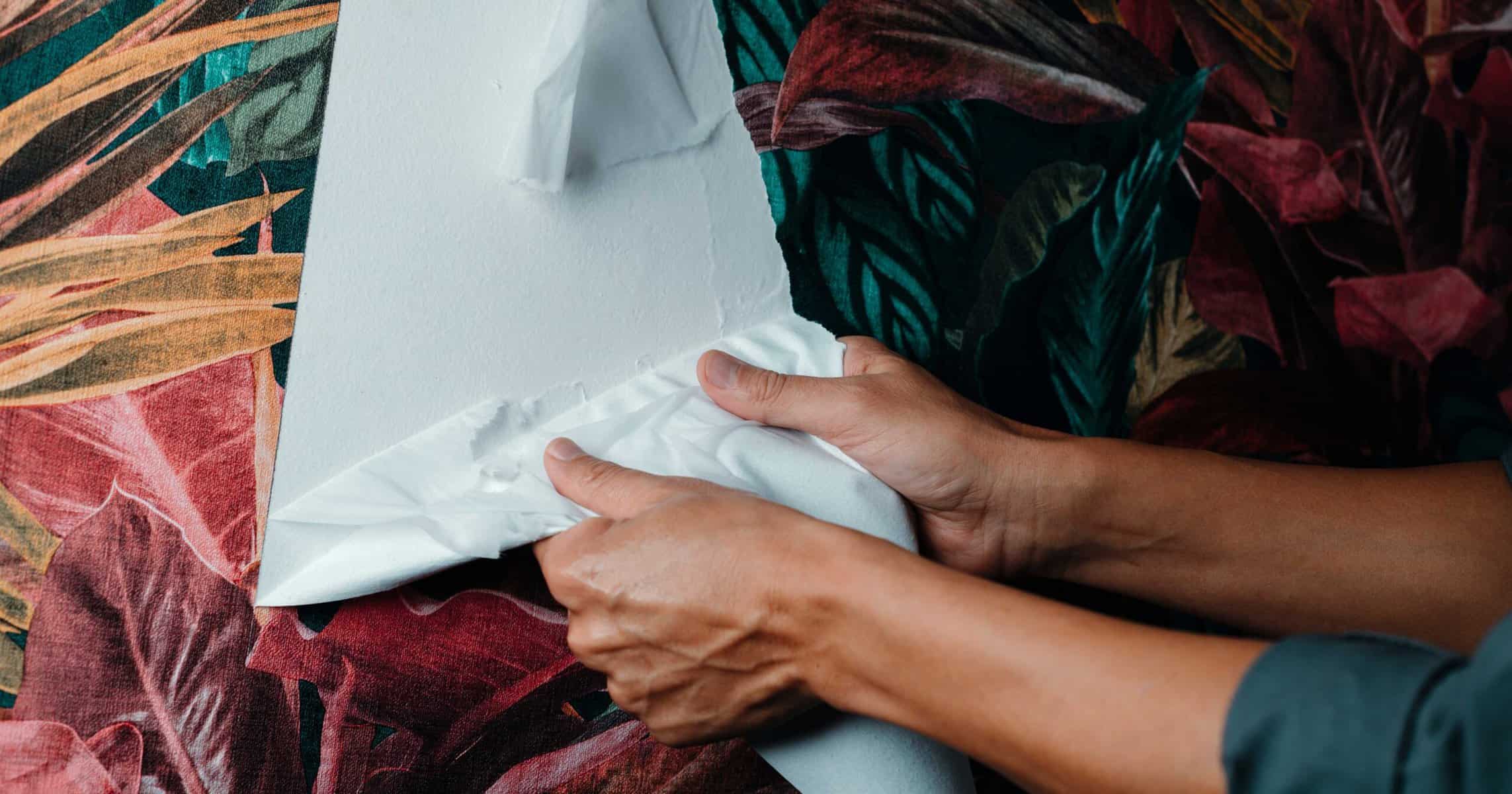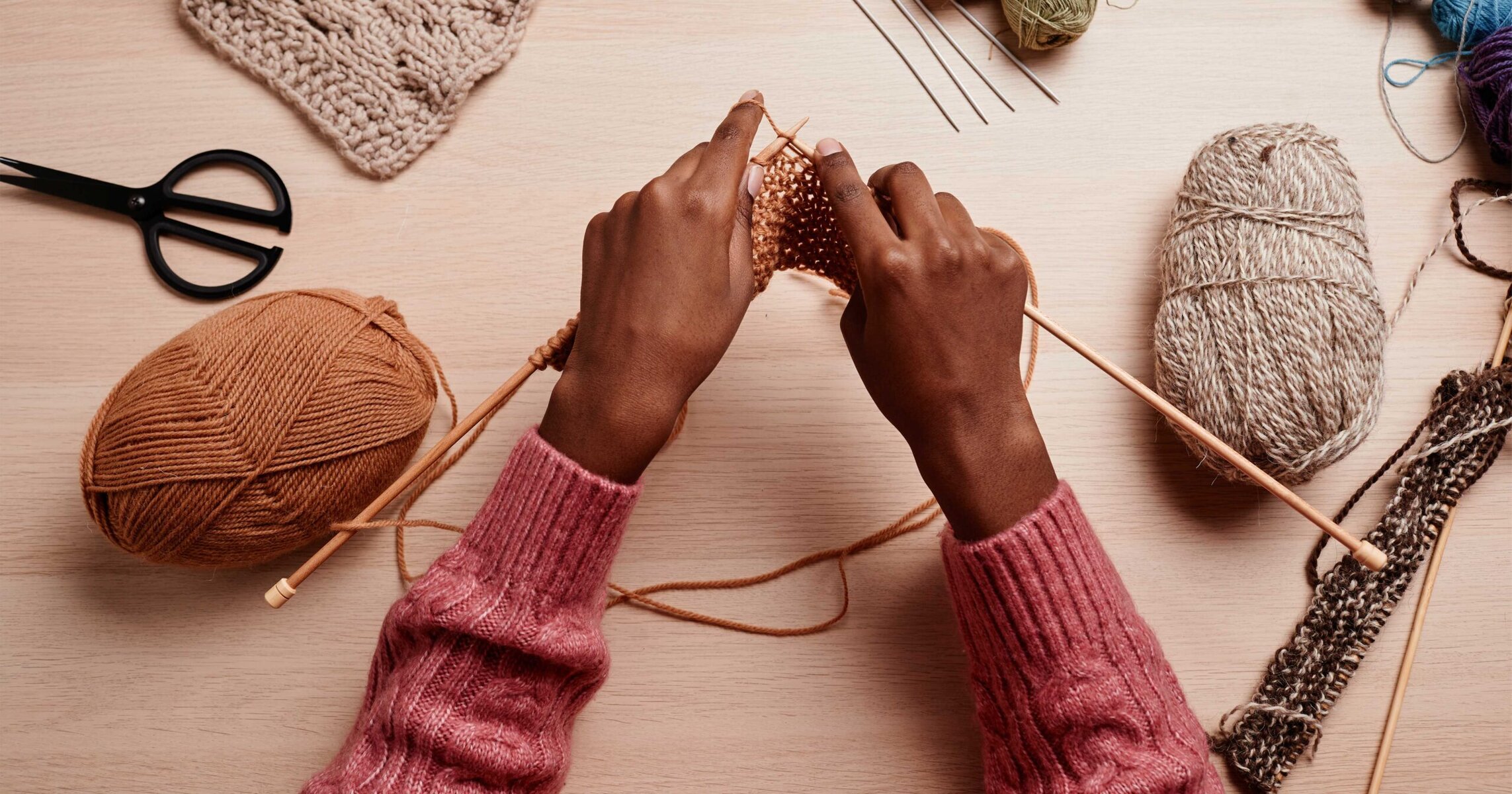How to Apply Peel and Stick Wallpaper
Removable wallpaper is a great way to add some trendy style to your space, while making it easier to change your mind if you don’t like the final effect. Follow our tips for how to apply peel and stick wallpaper as an easy upgrade for your home that you can absolutely handle on your own—no contractors required!
What You’ll Need to Install Peel and Stick Wallpaper:
A felt-edge squeegee
Use the soft side to smooth the paper without marring or scratching; the plastic edge guides paper into corners or molding. If it’s not included with your wallpaper, order one online; they’re often used for installing auto decals. (In a pinch, a regular wallpaper smoothing tool or a credit card will work.)
A straight pin
Gently pierce stubborn bubbles, then use the squeegee to push out the air.
A friend!
You’ll need someone to help hold the paper in place at the top so you can peel away the backing in small increments (not all at once!), match up the design as you go, and smooth the paper from the center to the edges.
Buying Peel and Stick Wallpaper:
- Before measuring, determine if your preferred design requires a slight overlap or an edge-to-edge install to pattern-match the panels.
- Order enough! Don’t forget to buy extra for pattern-matching and trimming. If you need to reorder, you may find slight variations in the digital printing.
- Think beyond the wall. With some extra effort, you can learn how to apply peel and stick wallpaper over glass, mirrors, paneling, and ceilings (if smooth and properly prepped), and on stair risers and bookcases for cool effects.

This site contains affiliate links to products. We may receive commission for purchases made through these links. Price at time of publish date may change.
Shop Peel and Stick Wallpaper
How to Prep for Peel and Stick Wallpaper
- Test first! Surfaces with any sort of texture—even orange peel—generally aren’t great for hanging peel and stick wallpaper. If your walls aren’t smooth, you’re probably better off with traditional, unpasted wallpaper.
- Walls primed and painted in eggshell, satin, or semigloss finishes are recommended for easier removal later. “Nonstick” or “scrubbable” paint may repel the adhesive.
- However, if you’re planning to apply peel and stick wallpaper over a dark wall and your wallpaper is light, prime and paint the wall a lighter color before installing so the existing wall color doesn’t show through. Then allow it to fully cure before installing—at least 2 weeks.
- Clean the surface with a damp cloth at least 24 hours before install. Some manufacturers recommend wiping down walls with a 1:1 solution of isopropyl alcohol and water for better adhesion (particularly when walls are painted with zero-VOC paint).
How to Install Peel and Stick Wallpaper
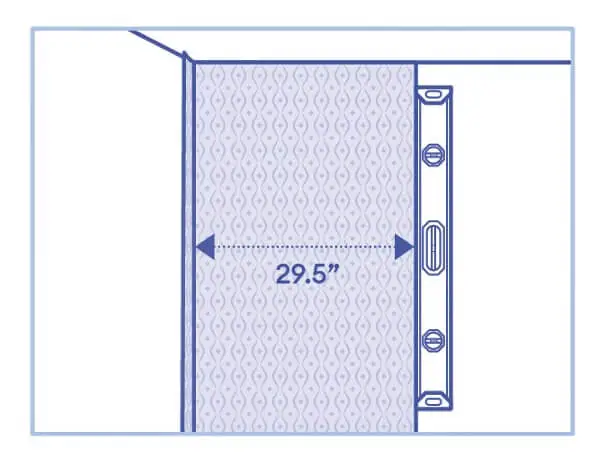
When learning how to apply peel and stick wallpaper, never rely on a corner or your ceiling to be straight, especially if you’re working with stripes or geometrics. To make sure the first panel is perfect, use a level to mark a plumb line 1/2 inch closer to the corner than the width of your wallpaper; use that as your guide, installing from ceiling to floor.
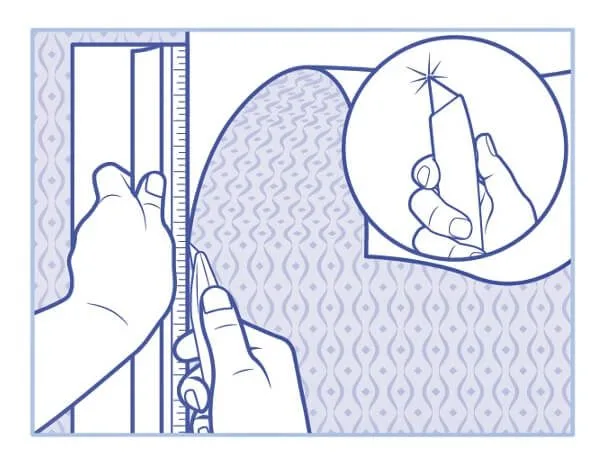
The key to a great trim is a super-sharp blade. For best results, replace your utility knife’s blade every two or three cuts. You can trim each panel as you go or all at once at the end, using the straight edge of your smoothing tool as a guide.
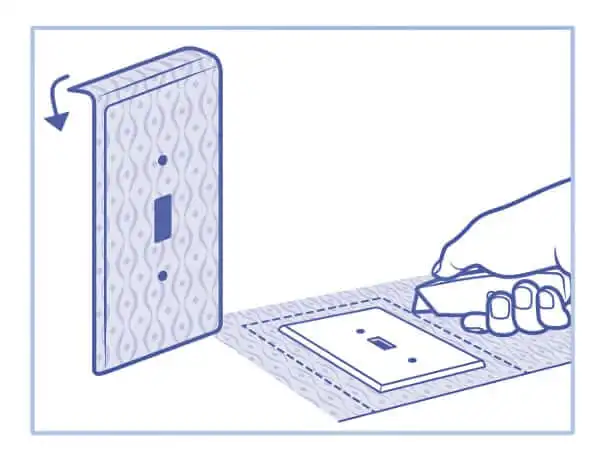
If you want to learn how to achieve a seamless look when applying peel and stick wallpaper, install the paper over your light-switch covers. Remove the cover from the wall, cut a piece that matches your pattern, stick it to the cover, trim the edges, then cut out the holes.
If the heavy roll is too clunky to manage, rough-cut your panel before installing, factoring in your pattern repeat before cutting panels to avoid falling short.
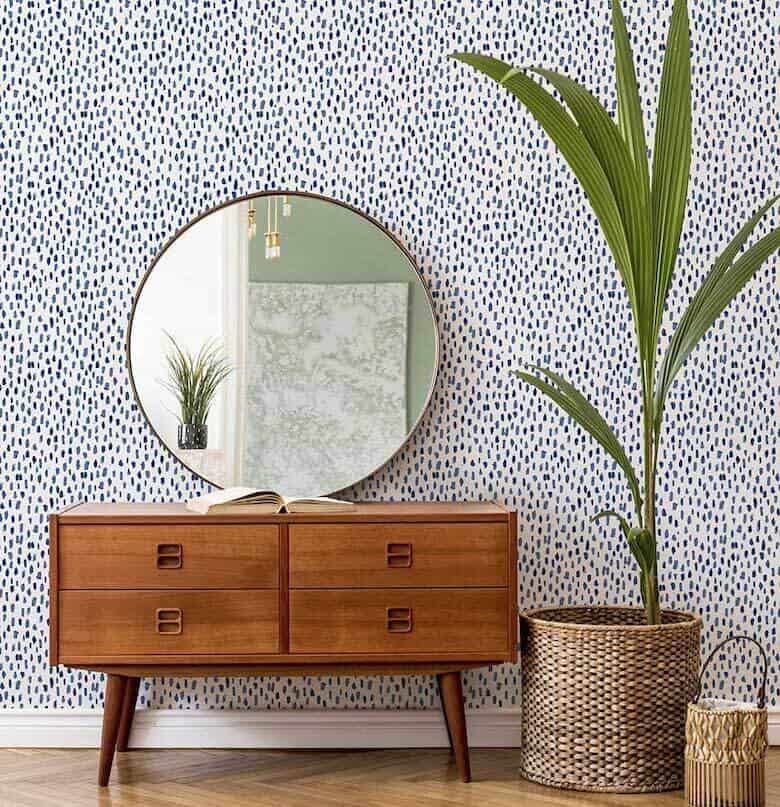
Removing Peel and Stick Wallpaper
A big part of the appeal of removable wallpaper is, well, you can remove it! If you’re ready to do something different, start at a top corner and slowly and steadily peel downward toward the floor. If the wallpaper is being stubborn, hit it with some gentle heat from a hair dryer. If you save the paper backing at install and you’re careful not to stretch the panel during removal, you can even salvage it to reinstall in another spot.
By Drew + Jonathan | Drew + Jonathan photo by Emily Shur | Illustration by Colin Hayes | Photo courtesy of Scott Living
Explore more creative ways to decorate with peel and stick wallpaper.
